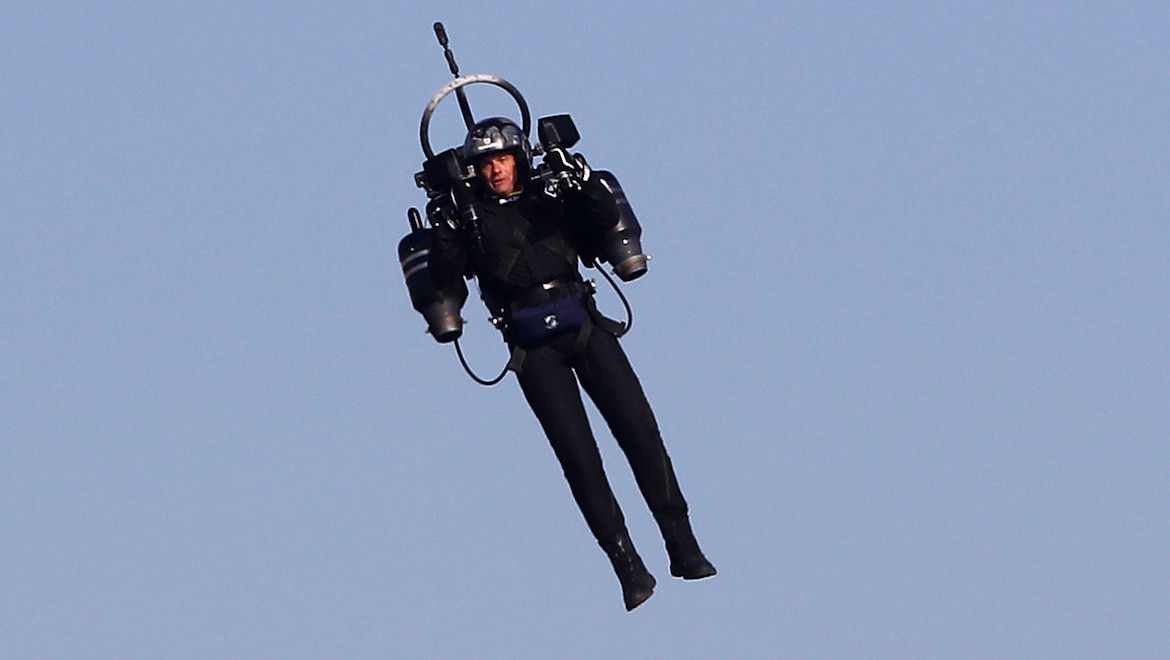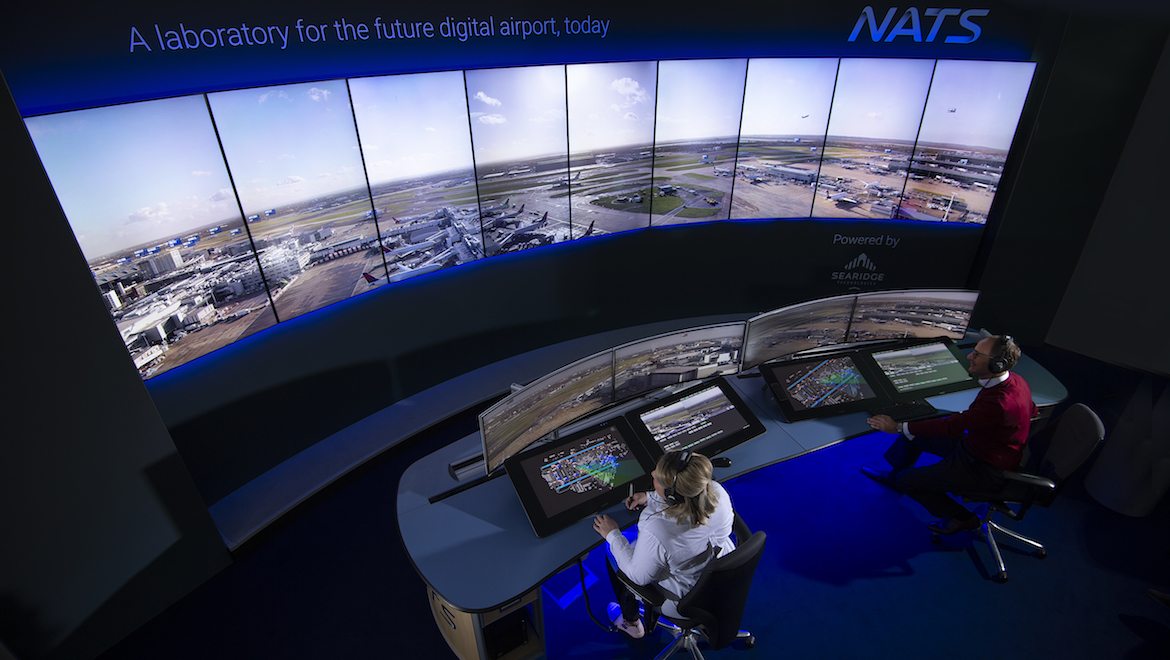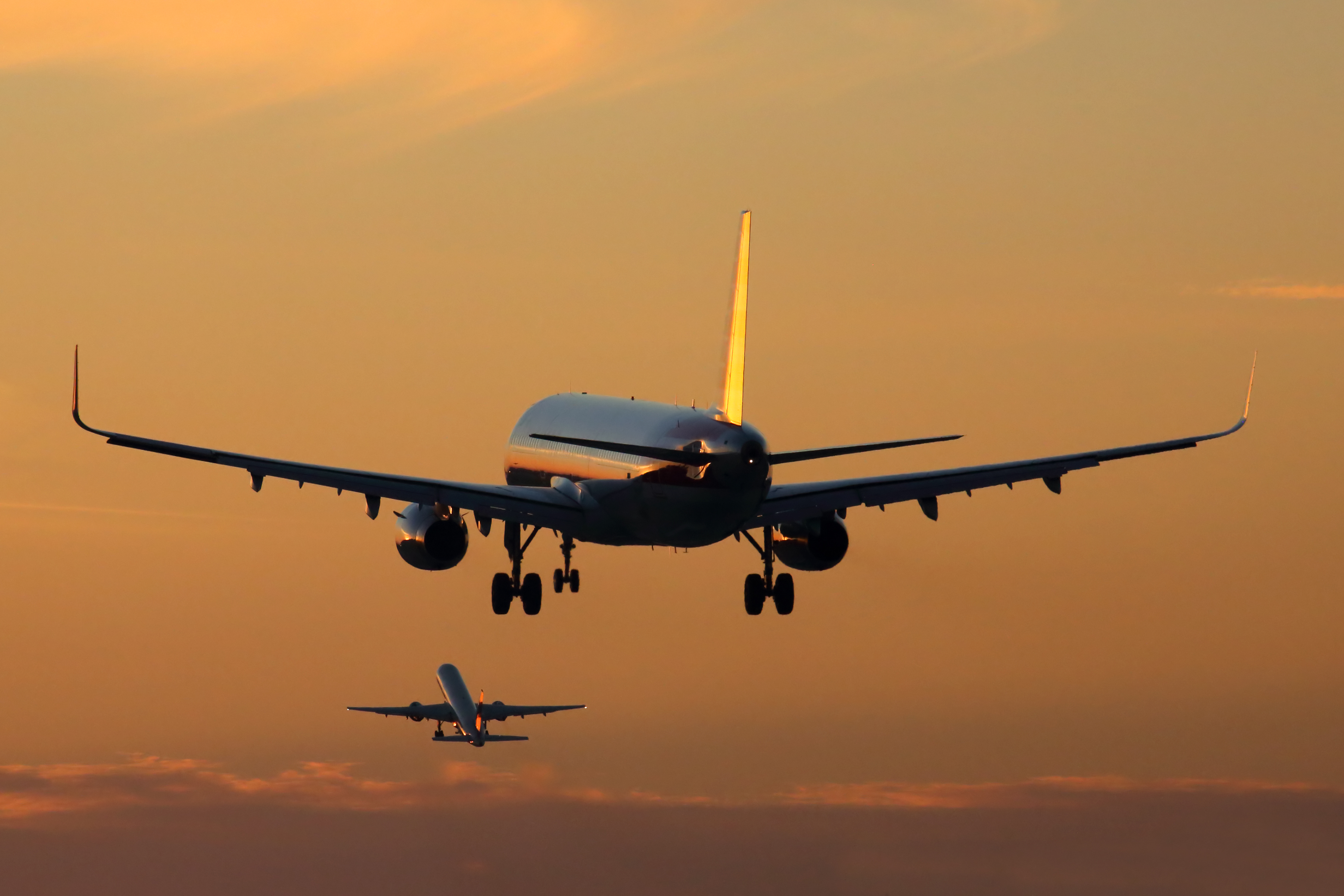An Australian National Audit Office (ANAO) report has raised concerns whether the $4 billion price tag to build the combined civil and military air traffic management system under the OneSky project represented a value-for-money outcome.
At the 2015 Avalon Airshow, the federal government named Thales as the successful supplier to commence work on the Onesky project, which aimed to combine both the civil and military air traffic management systems into one program.
OneSky would replace both The Australian Advanced Air Traffic System (TAAATS) used by Airservices Australia to manage civil airspace and the Australian Defence Air Traffic System (ADATS) – which were about to reach the end of their useful lives – with the civil-military air traffic management system (CMATS).
The project is being managed by Airservices.
The ANAO audit, published on Wednesday, noted the estimated costs for the project was $4.111 billion.
This comprised the acquisition cost of $1.517 billion for Airservices of the OneSky Program, including CMATS, other associated projects and contingencies; $1.445 billion estimate for support costs of the existing and new Airservices air traffic management system; and the project budget for Defence’s AIR5431 Phase 3 as at February 2018 of $1.149 billion.
“There is inadequate assurance that the contracted acquisition price is consistent with a value for money outcome for the capability being acquired,” the ANAO report said.
But both Defence and Airservices – the procurement lead – have disagreed. Defence said the procurement adequately demonstrated value for money, while Airservices said it had acquitted its obligation in making all reasonable inquiries to ensure the contract represented value for money.
Airservices Australia, the Department of Defence and Thales signed final contracts to build Onesky in February 2018.
In December 2018, Airservices said OneSky had moved into the detailed design phase, following the completion of the system definition review of CMATS conducted by Airservices and Thales.
The delay in OneSky has required Airservices to extend the life of its existing air traffic management system through a hardware refresh and extension to support arrangements. The refresh was launched in 2016 and runs to December 2021. In December 2018, Airservices extended the system life again, this time to December 2024. The total cost of these refreshes is more than $140 million.
Throughout, OneSky has been marked by problems. In May 2017, then Defence Minister Marise Payne placed the Defence side of OneSKY – Project AIR 5431 Phase 3 – on the Projects of Concern list, although it was subsequently removed in May 2018.
ANAO noted the long delays in getting the project off the ground and scope changes along the way. “Important changes were made, after the successful tenderer was selected, to the timeframe for delivery, scope of work, type of contract and price,” it said.
“An appropriate governance framework was established to evaluate whether negotiations had resulted in contract terms that represent value for money. Shortcomings in the application of that framework mean that value for money has not been adequately demonstrated.”
“If the current contracted timeframes are achieved, there will be a more than 10-year delay (from 2015 to 2026) in the replacement of the existing separate civil and military systems compared with the timeframe envisaged at the start of the procurement process.”
For its part, Defence said the final price was higher than it had forecast and, rather than seek a further budget increase, it instead sought scope reductions. These included removing system contingency capability and potentially accepting lower cost non-CMATS solutions in some Defence airfield control towers.
Defence said this would not appreciably reduce the benefits for Australia nor impact on the ability to deliver safe and efficient air traffic management.
In a response to the report, Airservices chairman John Weber said the ANAO had identified some areas where, with benefit of hindsight, it could have better documented its decision-making. “However, that would not have materially impacted the decision-making process nor the substance of the evidence relied on by the Board as decision maker nor the outcome,” he said.
Weber said what Airservices had embarked on was a large and complex procurement with highly technical requirements and a limited market of suppliers on behalf of two agencies with different requirements, funding arrangements and governance structures.
He said air traffic control systems were not an off-the-shelf product and were unique to each country. “In this circumstance, the value for money considerations are necessarily broad and must include supplier market maturity, the specialist nature of the capability required and the level of risk.”
And it seems this isn’t just a problem unique to Australia. Weber said the US Federal Aviation Authority (FAA) air traffic modernisation program was running more than a decade late and had so far cost US$7 billion, 100 per cent more than the initial budget.
In a joint response to the ANAO report, Defence Department Secretary Greg Moriarty and Chief of Defence Force (CDF) GEN Angus Campbell said there was room to enhance administrative arrangements supporting documenting actions and decisions in such a complex program.
“Defence maintains however that is procurement of a Civil and Military Air Traffic Management and Control System adequately demonstrates value for money,” the pair said.
The report was the third audit that the ANAO had undertaken in relation to OneSky. A 2017 audit also questioned the project’s value for money.
The full report can be found on the ANAO website.












